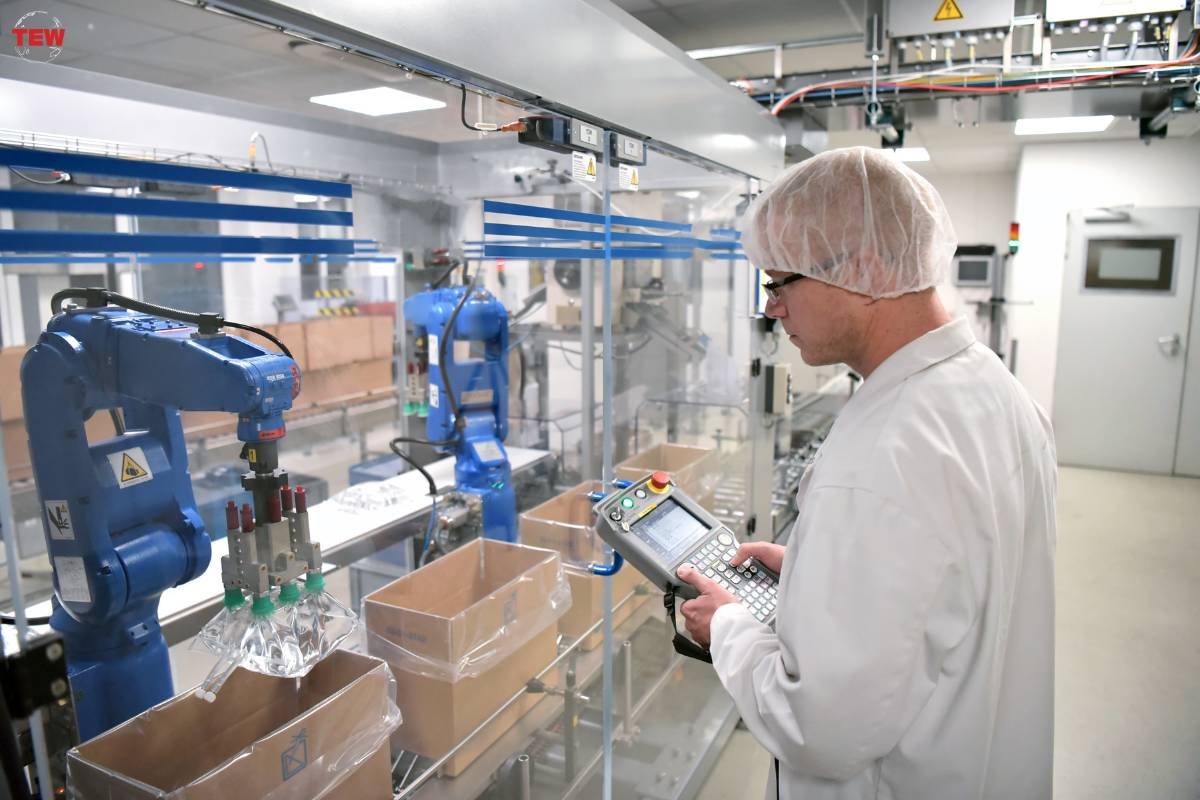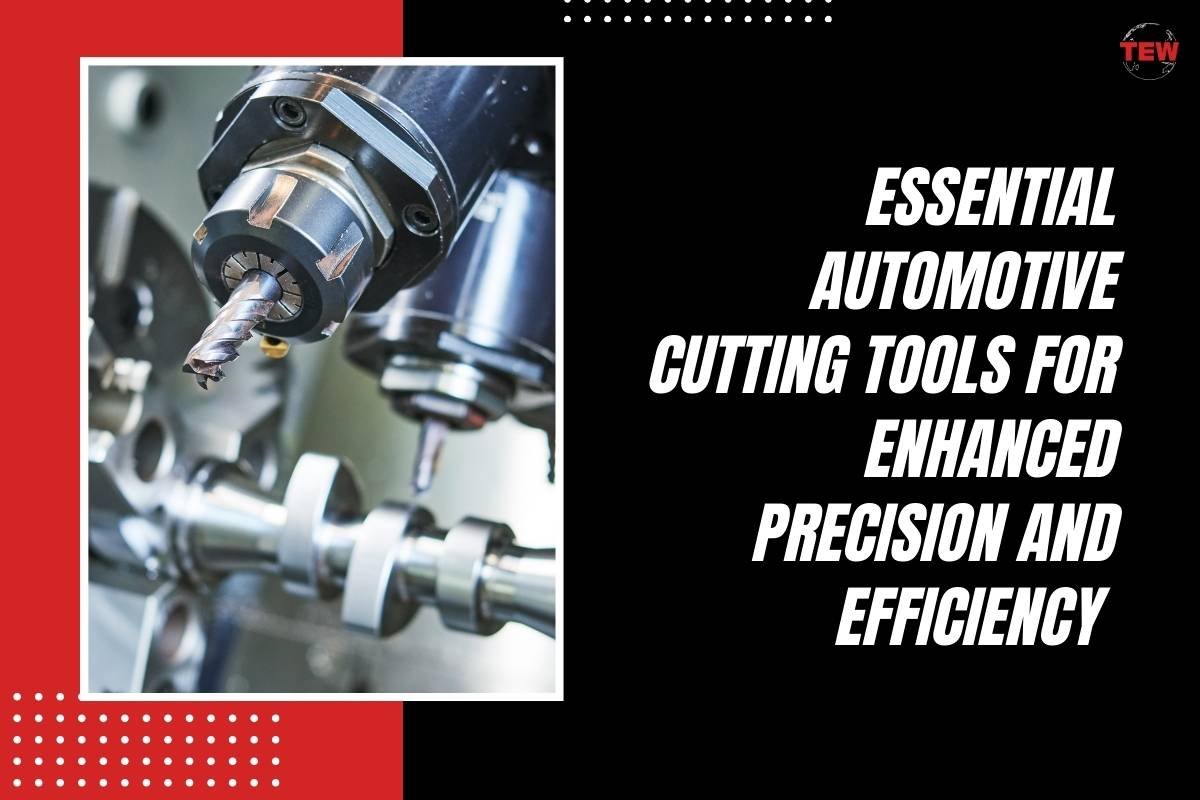Energy Systems Management
Despite many lows such as the downturns, rising oil prices, global competition, and other kinds of adversities, the American manufacturers have proven that they can bounce back up! Resilience is backed by innovation, no matter the problems they are facing; manufacturers have found new solutions to it and created jobs, shrunk costs, and grown profits.
The energy-as-a-service, equipment outsourcing model is taking a hold in the manufacturing industry, and it is not very hard to guess why. With the help of outsourcing, the operation, maintenance, and replacement responsibilities of energy systems like the lighting and HVAC, manufacturers are bale to navigate new and rising challenges in the industry.
These include staffing and skill shortage, budget limitations and time constraints. Thus manufacturers are saving on operating and maintenance costs while freeing up staff for more strategic projects.
Here are the 5 benefits manufacturers have realized from outsourcing the energy systems-
1. Energy Systems Management costs less-
Compared to the traditional energy systems management approaches, outsourcing costs are significantly less over time. By switching their technological upgrades from a capital expense to operating expense, industrial businesses can use their capital for other projects while still getting the energy system they need. In short, they can have their cake and eat it too!
Outsourcing also adds a cash value through many other factors such as-
- Extended equipment life
- Fault detection
- Condition-based maintenance
- Efficient technology use and lower use of energy
Thus, at the end of the day, a manufacturer is able to get all the benefits at a predictable monthly fee.
2. Included Maintenance-
Time is money and for manufacturing businesses, more so. A single hour of downtime can cause a loss of hundreds of dollars. The risk of business interruptions is risky and it can be mitigated with preventive and predictive maintenance of the energy systems. By following some of the industry best practices and manufacturer recommendations and by using data-smart monitoring equipment, preventive and predictive maintenance includes-
- Reduces energy costs and promotes energy efficiency
- Helps to avoid expensive energy repairs
- Extends technology life and
- Prevents costly energy system downtime
3. An Optimized System Performance-
Without monitoring and controls, implementation of predictive maintenance would be impossible, which play a key role in the technology outsourcing offering. By installing the advanced monitoring and controls, it provides a visibility to how the systems are working. This allows the maintenance team to predict when a system is going to fail and schedule a servicing in order to address this failure.
Thus outsourcing helps relieve strain as it provides an extensive network of experienced workers and an innovative monitoring technology which otherwise would not have been feasible for the manufacturers.
4. Existing Systems Get Covered
With outsourcing, one can generally install new systems. Unlike the traditional energy management systems, this allows you to cover both existing and new systems. This way, manufacturers have the option of replacing their old systems by simply outsourcing the responsibilities of existing systems. With this, the manufacturers can focus precious resources on projects that will improve overall operations and also increase margins.
5. Modern Technology and Existing Systems
Gearing up the trends in manufacturing plants with latest and the greatest energy systems has a bunch of benefits. These include improved working conditions, reduced energy spend and aesthetics and also a competitive edge over the competition.
Thus the revolution is already here. The outsourcing model might seem something like future, but the manufacturers today have implemented it. As much as 16% of their spends are saved on lighting and HVAC. And we can gladly say that the numbers tell the story. Thus, an outsourcing approach is changing the manufacturing processes.





